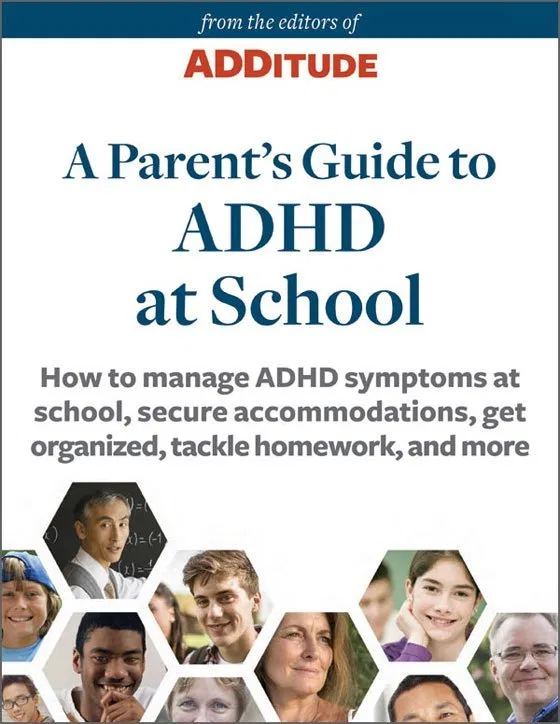ADHD Symptoms Unmasked by the Pandemic: Diagnoses Spike Among Adults, Children
 When the external scaffolding of school, work, and social routines collapsed last March, two things happened: Parents gained a front-row seat to their kids’ attentional and educational struggles during remote school, and adults’ own coping mechanisms and systems broke down, revealing core problems with motivation, memory, and organization. Suddenly, the masks used to obscure complicated, lifelong symptoms were ripped off, and we were left staring straight into the eyes of ADHD.
When the external scaffolding of school, work, and social routines collapsed last March, two things happened: Parents gained a front-row seat to their kids’ attentional and educational struggles during remote school, and adults’ own coping mechanisms and systems broke down, revealing core problems with motivation, memory, and organization. Suddenly, the masks used to obscure complicated, lifelong symptoms were ripped off, and we were left staring straight into the eyes of ADHD.
In the latest of 13 pandemic check-in surveys fielded by ADDitude, the striking number of new diagnoses was quantified: Of 2,365 adult survey respondents, 26.5% said they had received a formal ADHD diagnosis within the last year.
Triggers for New ADHD Diagnoses in Adults
Nearly three-quarters of newly diagnosed adults said fallout from the pandemic prompted them to pursue an ADHD evaluation. The most common contributing factors were:
- Working from home without external motivators for focus, organization, and productivity — plus new and different sources of distraction
- Stress and anxiety related to the pandemic, lockdown measures, employment, politics, etc.
- Unending time at home with family members living with ADHD, seeing symptom similarities in a new light
- More time on social media platforms like TikTok and Twitter, and their #ADHD channels
Triggers for New ADHD Diagnoses in Children
Many of the above triggers also prompted caregivers to pursue ADHD evaluations for their children, however several pandemic factors had an outsized impact on kids’ symptoms:
- Dramatically increased screen time, thanks to online learning, canceled activities, and home quarantines
- Emotional dysregulation exacerbated by the frustration, boredom, and stress of pandemic living
- Learning remotely, without the dedicated time and attention of in-person teachers and classmates
- Social isolation and diminished physical outlets
Changes in ADHD Treatment for Adults
With new diagnoses come new and adjusted treatments. Nearly 22% of adult survey respondents said they began taking ADHD medication for the first time during the pandemic — among newly diagnosed adults, this number was 64%. Only 5.5% of adults said they stopped taking medication and only 4.5% decreased dosage. However, 15% of adults said they have increased their dosage and 11% have switched to a new medication in the last year.
Changes in ADHD Treatment for Children
The percentage of children brand new to ADHD medication — at 17% — was lower than the 22% of adults who reported taking medication for the first time in the last year. Just over half of newly diagnosed children began taking medication compared to 64% of newly diagnosed adults. This finding of relatively higher medication resistance among caregivers than adults is consistent with prior research. However, a higher percentage of children (21% vs. 15% of adults) have increased their dosage in the last year. And more children (16%) than adults (11%) have switched to a new medication during the pandemic. In addition, 17% of caregivers reported some other kind of recent medication adjustment or change.
Excerpted from “ADHD Symptoms Unmasked by the Pandemic: Diagnoses Spike Among Adults, Children” in ADDitude magazine. Read the full article online.
Source: ADDitude | ADHD Symptoms Unmasked by the Pandemic: Diagnoses Spike Among Adults, Children, https://www.additudemag.com/adhd-symptoms-diagnosed-treated-in-pandemic | Copyright © 1998 – 2021 New Hope Media LLC
If you are a parent or caregiver and would like to schedule an evaluation or get advice about your child’s challenges, call or email a CHC Care Manager at 650.688.3625 or careteam@testing.chconline.org






